
The dirty little (not-so) secret about sub-MOA accuracy guarantees is that they’re usually a pile of baloney. Almost any modern rifle, with quality ammunition, can shoot one three-shot group that measures less than one inch. I’ve owned and tested rifles that produced the occasional three-shot group in the 0.5-0.8-inch range, but that averaged something closer to 1.5 inches.
To be fair, most gun companies (in the fine print) don’t promise that their rifles will shoot consistent sub-MOA groups, and any kind of accuracy guarantee testifies to a company’s confidence in its manufacturing process. But one sub-MOA group doesn’t make a sub-MOA rifle, and gun owners have no doubt confused the two when purchasing a long gun that they hope will deliver shot-to-shot consistency.
The Howa KRG Bravo also comes with an accuracy guarantee, but with one important difference: this rifle delivers.
Specifications
First, some specs. The Howa KRG Bravo is available in three different chamberings. The 6mm and 6.5mm can be had with a 24” or 26” barrel, and the .308 Win comes in 20”, 24”, and 26” varieties. MSRP depends on configuration but varies between $1279 and $1339.
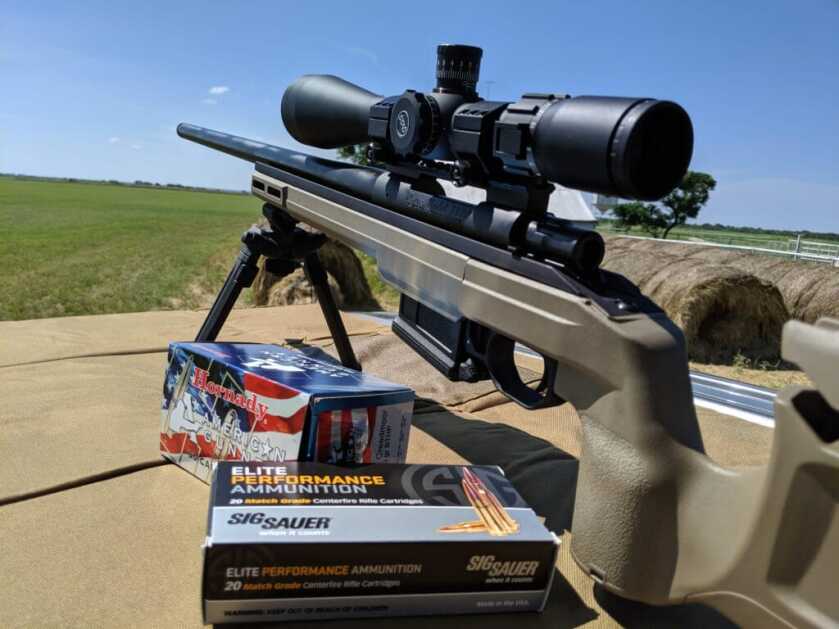
CALIBERS: 6mm Creedmoor, 6.5mm Creedmoor, .308 Win
BARRELS: 20″, 24″ or 26″; Heavy Barrel Threaded
DETAILS:
- KRG Bravo chassis
- Full-length aluminum center section for a rigid precision bedding surface
- Adjustable length of pull from 12.5″ – 15.0″
- Adjustable comb height (about 1″)
- 10-round AICS compatible magazine
- Grip storage compartment
- MLOK compatible forend
- Weight: 9.9-10.2 lbs

Howa?
When I’ve told folks about the Howa 1500, most ask the same question: “The what?”
While by no means irrelevant, especially in the long-range world, Howa doesn’t have the same name recognition in the United States as other brands. The Japanese manufacturing company was founded in 1907 and started making firearms in the early 1940s, including Arisaka Rifles (Type 99), parts of infantry rifles (Type 38), artillery, machine guns, and bullets.
Howa ended production after Japan lost WWII but was allowed to fire up its assembly line during the Korean War, and soon transitioned into sporting firearms. The Model 300 was popular in Japan, but Howa didn’t gain notoriety stateside until 1967 with the introduction of the Golden Bear rifle at the 1967 Chicago Shot Show.

The first Model 1500 hit the shelves in 1979 based on the Golden Bear platform. Today, Model 1500 barreled actions are a favorite of long-distance shooters looking to build a quality rifle without forking over the cash for a totally custom job.
All this to say: Howa didn’t just fall off the turnip truck, even if they aren’t the most popular brand. They’ve been producing quality firearms for nearly 90 years, and they’ve been successful on both the military and civilian sides of the industry since WWII. All their rifles purchased after January 1, 2017, come with a lifetime warranty, and their U.S. importer, Legacy Sports, is based in Reno, Nevada, and boasts great customer service.
KRG Bravo Chassis/Stock Combo
Kinetic Research Group developed and manufactures the stock that comes with the Howa 1500. KRG is an Idaho company founded by a group of former Army Special Forces soldiers, and the Bravo combines a full-length chassis-style system with the aesthetics of a more traditional stock. I love this concept, since I’ve never been a fan of the space-age chassis look, and the Bravo by itself comes in at a reasonable $439.
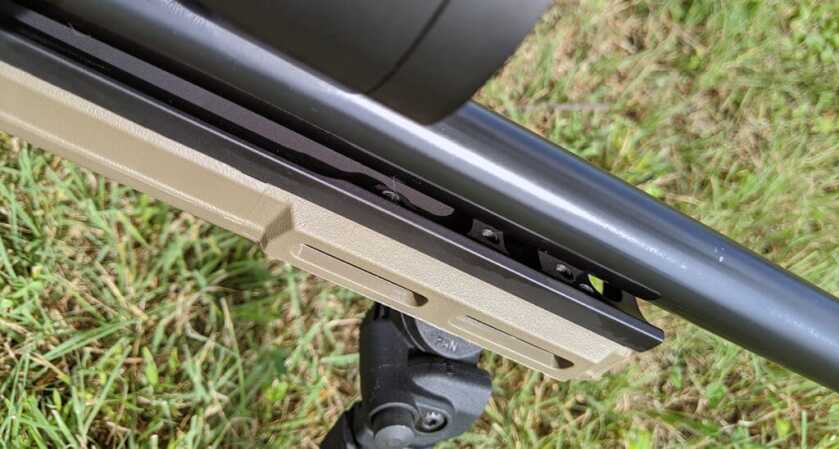
An aluminum chassis runs from the most forward section of the stock all the way to pistol grip, which keeps the entire system rigid and eliminates any noticeable flex. The polymer outer layer is simply a covering for the inner chassis and allows KRG to accommodate a wide variety of accessories without expensive machining.
The grip is especially well-designed. The swelled sides taper in at the top, which allowed me to both wrap my thumb around the grip or float it on the same side as my fingers. The vertical design also helped keep my trigger finger moving backward in a linear fashion without torquing the rifle one way or the other.
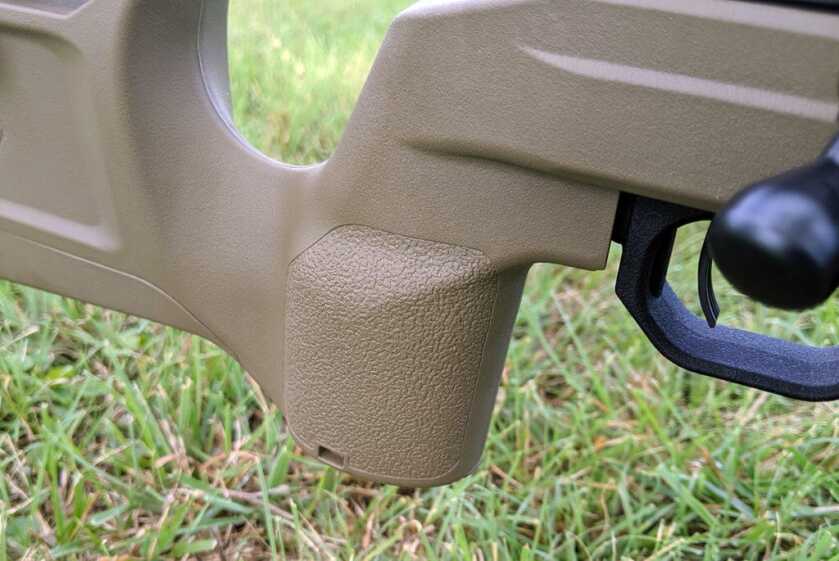
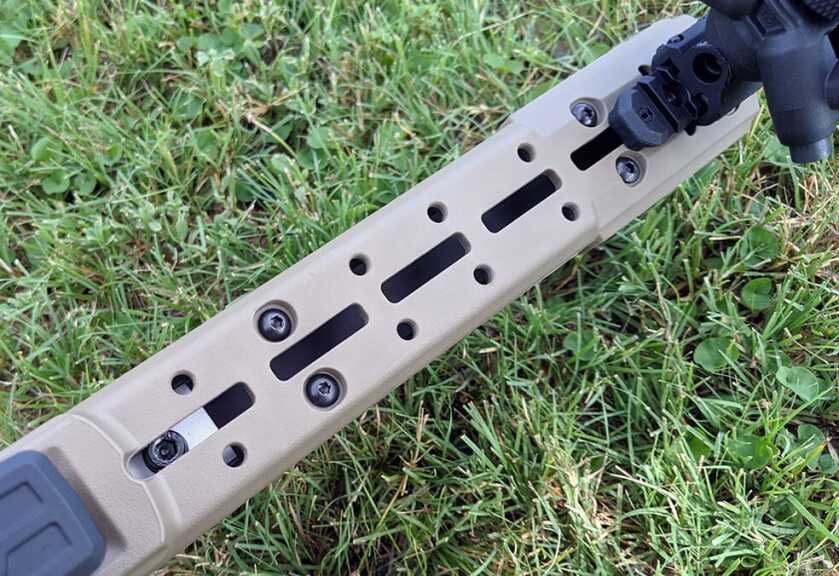
The stock is adjustable for both comb height and length of pull, though I don’t love the LOP adjustment system. The stock comes with three different lengths of bolts that can be used with one, two, or three LOP spacers. Adding and removing the spacers wasn’t difficult, but you have to keep track of six different bolts to do so.
I was initially worried that the comb height adjustment system would be flimsy or would allow the comb to slip. That concern didn’t materialize, as the comb stayed put throughout my testing, and the small knob securely tightened the pinch-bolt design.
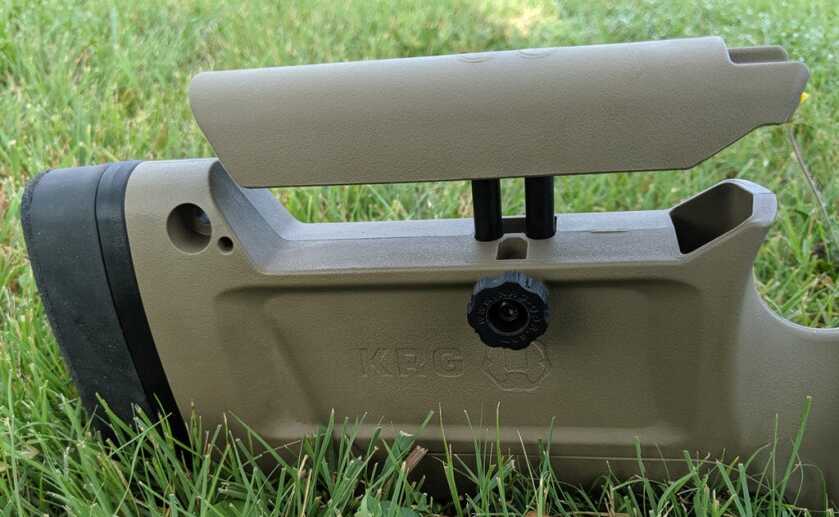

I could go on. This is a great stock, but I’ll leave you with a list of some additional features before moving on to the gun itself.
- The stock accepts AICS-style mags, which click in solidly and don’t drop free when the mag release paddle is depressed.
- The front notch fits any of KRG’s spigot mounts if you want to mount a bipod farther forward.
- M-Lok recesses are included on the front sides and underneath.
- Comes with bipod/sling stud attached, but can be replaced with an included Picatinny rail.
- Holes on the underside also accommodates a wide variety of KRG accessories.
- Space for QD flush cup mounts in the butt of the stock.
- The removable rear bottom plate can be replaced with a hook-style cover from KRG to allow for pulling the stock into the shoulder.
- Super comfortable butt pad. Standard Remington contour.
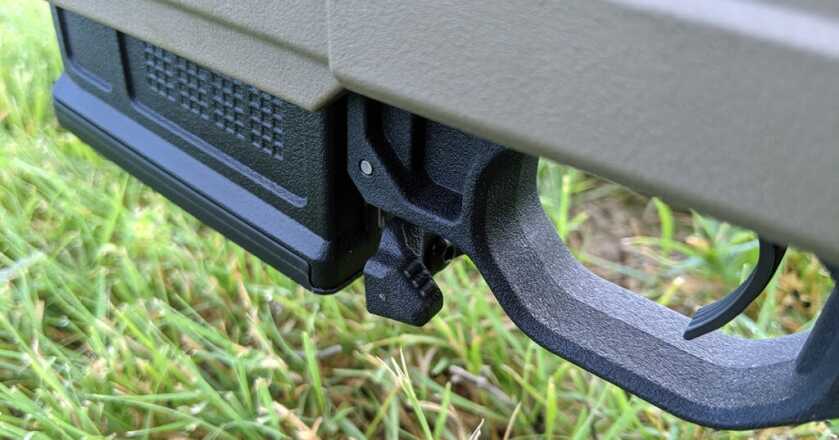

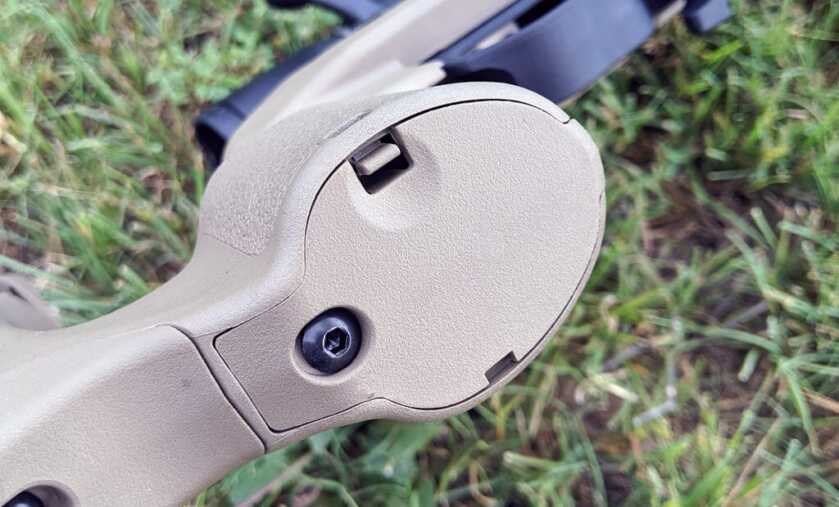
Feel, Fit, Function
The Howa KRG Bravo is a pleasure to shoot. That starts with the chassis system, for the reasons I’ve already mentioned, but the trigger adds to that overall positive experience. Howa equips the 1500 with the company’s Actuator Controlled Trigger (HACT) system, a two-stage trigger that breaks cleanly and consistently without any creep. It’s a great trigger, and it maintains the standards we’ve come to expect from factory fire control groups these days.

The unit on the model I received for testing weighs just over three pounds. I’d read reports that the HACT is adjustable, but the user manual doesn’t mention how to reduce or increase pull weight. When I posed this question to Legacy Sports (Howa’s U.S. importer), they told me the trigger is adjustable, but to make those adjustments users must first remove a glue coating on the trigger assembly. But here’s the catch: doing so voids the Lifetime Warranty.
I don’t have many critiques of the Howa KRG Bravo, but this is one. Again, the trigger is great, and I don’t have any complaints. But I know many shooters who run triggers weighing less than three pounds, and when even my $300 Ruger American comes with an adjustable trigger, I don’t think Howa has much of an excuse here. I’ll let the armchair lawyers pontificate in the comments, but whatever liability issues Howa is hoping to avoid should have been worked out by now.
Back to the gun.
The push-feed action uses a forged, one-piece, two-lug bolt with a 90-degree throw. The bolt is relatively heavy to lift, but the action is smooth. The large, claw-style M16 extractor and M16 plunger-style ejector ensure that the action won’t fail after a full day at the range or during a fast-paced competition stage.
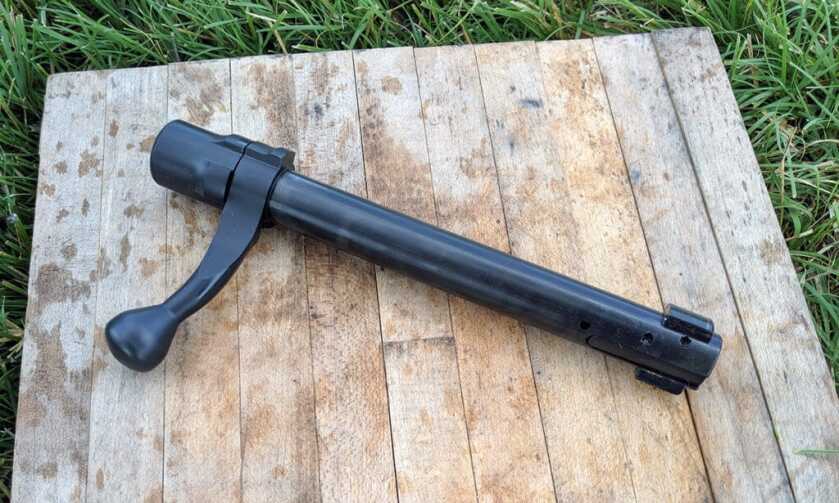
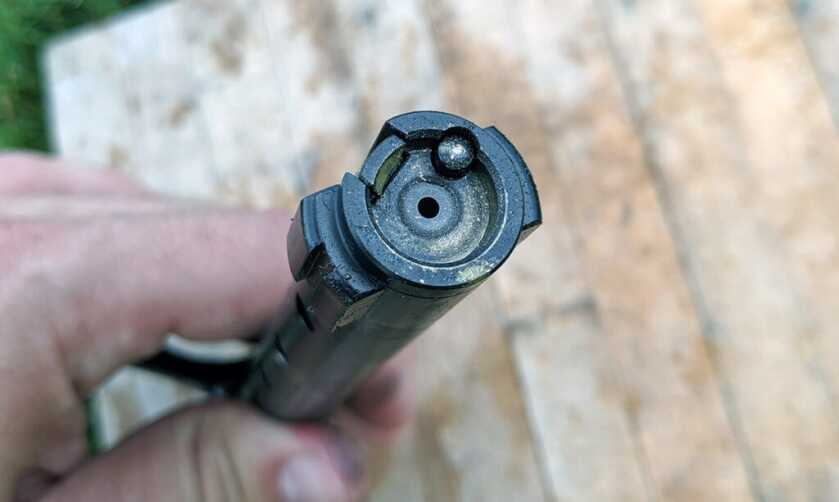
The bolt also features a quick takedown system that allows the bolt to be disassembled with a simple turn. Bolts don’t need to be frequently disassembled, but when they do it’s nice to avoid messing up your shoelaces.
The integral recoil lug and the wide, flat-bottomed action are the perfect match for the KRG Bravo chassis, and the 5/8×24 heavy threaded barrel is cold hammer forged. The barrel is obviously well-made and delivered excellent accuracy (more on that below), but for optimal performance, Howa recommends a break-in procedure.
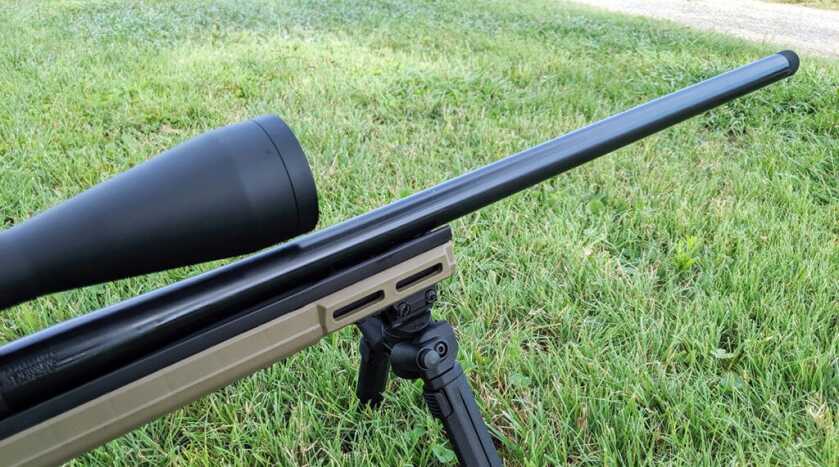
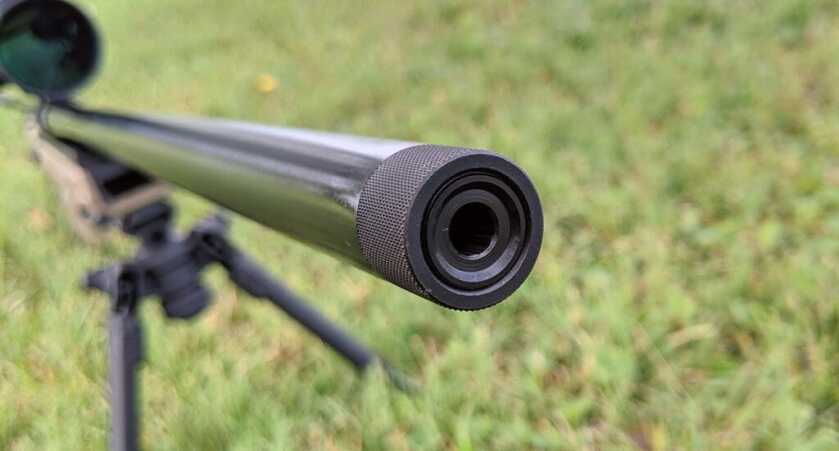
Sub-MOA from the Factory
Here’s where the rubber meets the road. Comfortable chassis systems and clean triggers are great, but none of that means much if the rifle doesn’t shoot. I conducted accuracy testing with four different cartridges from Hornady and Sig Sauer, and I shot five, five-shot groups with each load at 100 yards. I used a Caldwell Lead Sled and allowed the barrel to cool down between each group (as much as a barrel can cool in Texas in July. The barrel was cool enough to touch).
Like I mentioned at the top, I’ve owned many excellent factory rifles that shoot one sub-MOA group, maybe two, in every five-group string. The Howa shot sub-MOA in 19 out of the 20 groups. The largest group was 1.1” with Hornady Match 147g, but even that cartridge averaged .88”.
| Brand | Bullet | Avg. Velocity (FPS) | High Group | Low Group | Average Group |
| Hornady | 140g American Gunner | 2663 | 0.72” | 0.4” | 0.64” |
| Hornady | 140g Match | 2657 | 0.9” | 0.65” | 0.76” |
| Hornady | 147g Match | 2615 | 1.1” | 0.65” | 0.88” |
| Sig Sauer | 140g Match | 2640 | 0.9” | 0.5” | 0.78” |
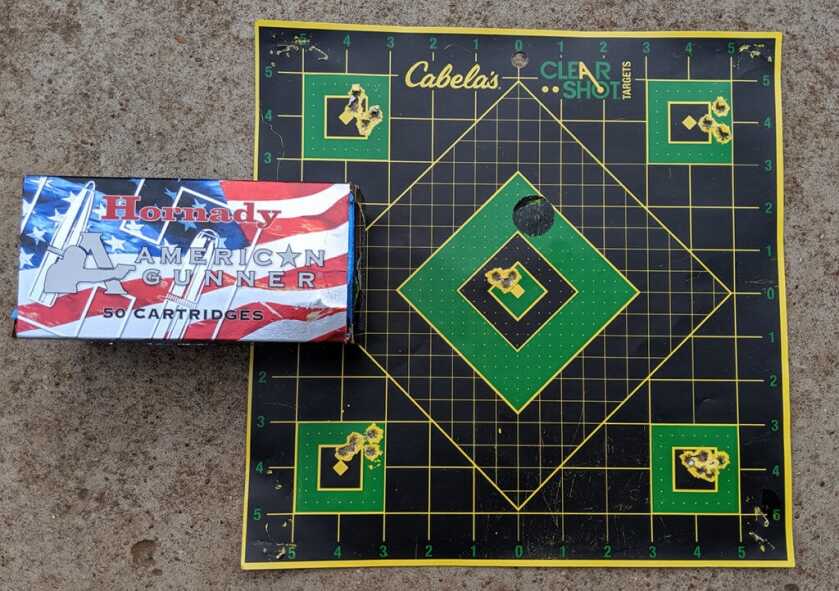
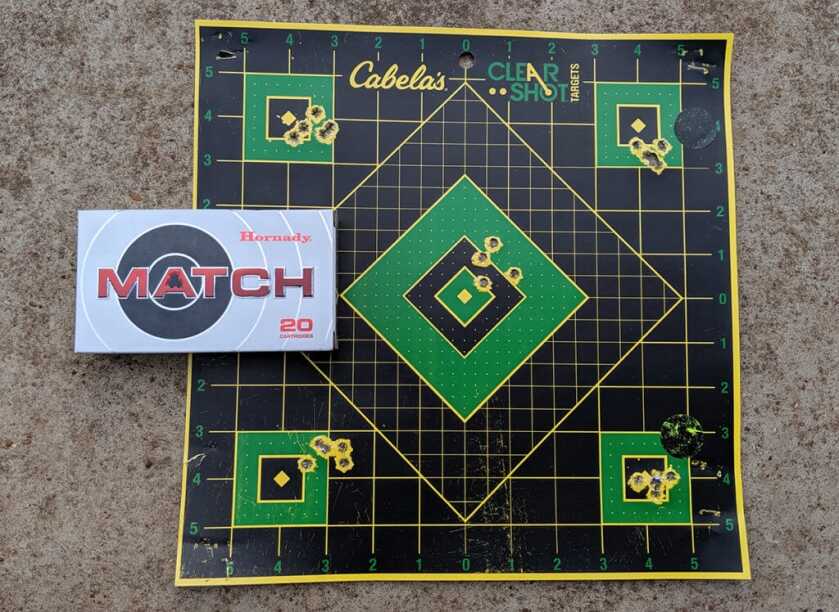


We’re spoiled for good factory rifles these days, and maybe you’ve owned tack-drivers that shoot lights-out straight from the box. But I’ve never tested a production rifle that shot sub-MOA using four different cartridges, three different bullets, and two different bullet weights. That’s good stuff, and I’m willing to bet those groups will shrink even more with quality handloads.
Going the Distance
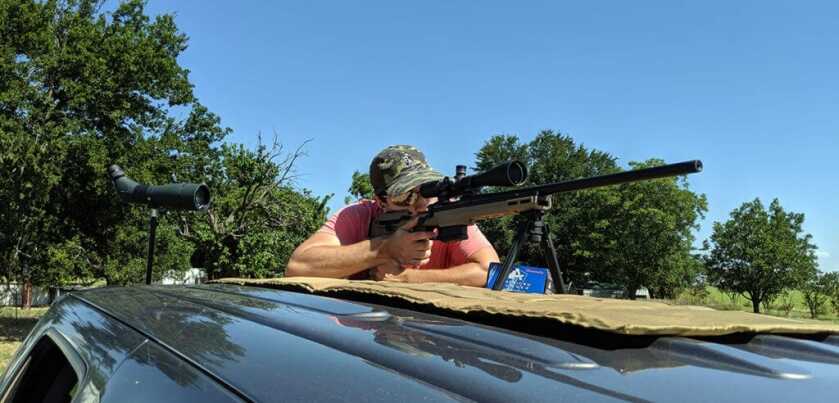
Once I had established the rifle’s accuracy potential, I decided to stretch its legs. I took it out to 500 and 1,000 yards on a blustery day here in central Texas. Once I figured out drop and wind holds, smacking a man-sized steel target at 500 yards was a piece of cake.
Ranging out to 1,000 yards turned out to be more difficult. I didn’t have a spotter or wind meter, and the wind was inconsistent and changed direction halfway through my shooting session. But I did manage to ring steel three times before running out of ammo, and while the hits you see below weren’t consecutive shots, the cardboard backstop revealed solid shot groupings given the weather conditions.
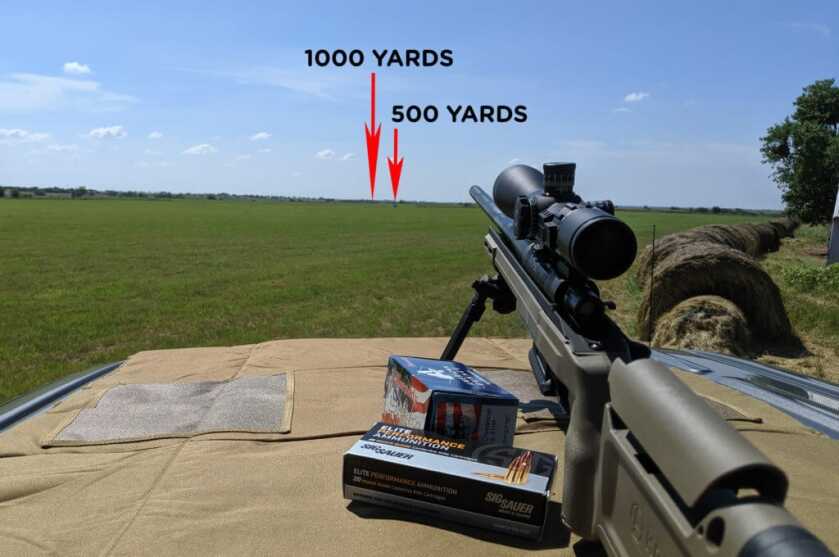

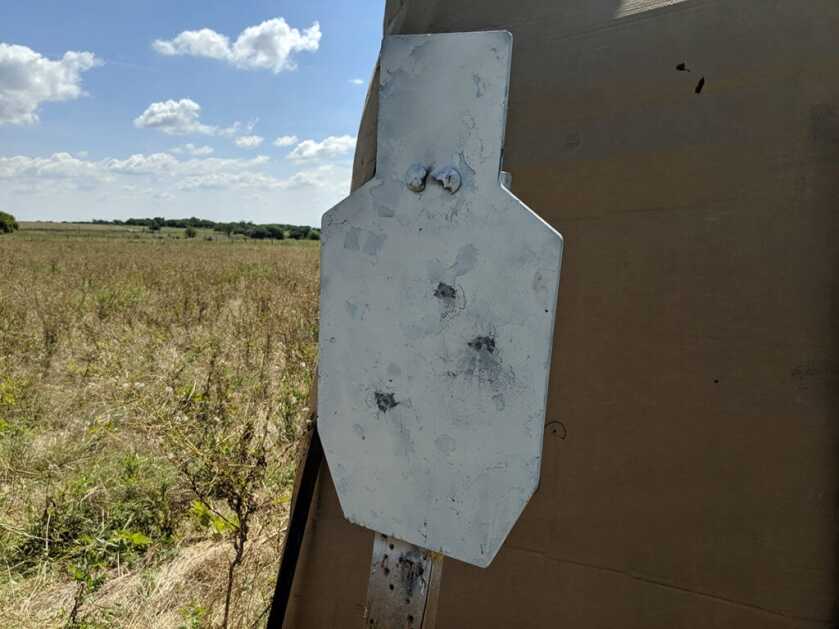
Final Shots
The Howa 1500 KRG Bravo is a great option for anyone looking to graduate from budget-level rifles but who doesn’t want to jump into the deep end of custom firearms. At well below the $2,000 cutoff for the Production Division in the Precision Rifle Series, the Howa might even be worth a look if you’d like to try your hand at long-range competition without going all-in.
It’s too heavy (in my opinion) to lug through the woods on a hunting trip, but even if you decide formal competition isn’t your thing, the Howa KRG Bravo is well worth the price – whether you like smacking steel at 1,000 yards or shooting teeny, tiny groups at the range.

Your peer also reviewed the Howa Oryx. Have you two been able to discuss the two platforms and determine, if buying one, which you would purchase? Thanks!
What caliber did you shoot? I couldn’t find it in the article. I saw it comes in various calibers and I saw the Ammo box says Creedmore but 6 or 6.5?
Hey Paul, this was chambered in 6.5 Creedmoor.
Didn’t Howa make some stuff for Weatherby?
Hi Kerry, I believe you’re right.
Weatherby’s Vanguard line of rifles are Howa 1500’s. They’re exceptionally good rifles. Mine will consistently shoot sub-MOA with ammo it likes.
I have a Mossberg 1500 in 7MMREMMAG that I bought in 1986 made by Howa. It looks like a VanGuard of that era without the dark wood end cap. Its accurate.
Surprising the HOWA doesn’t more press or name recognition. The article SHOULD have mentioned that the design is roughly Mauser 98 based ( of course except for the push feed and M16 style extractor, et)…and that the design was almost a clone of the excellent SAKO ( Finnish made) action….one of the best in the world. I belive HOWA at one point was even making parts for SAKO and possible manufacturing SAKO designs under license. The HOWA 1500 was also sold under various US brand names over the years, and still is under the Weatherby banner. Not a bad brand name to be recognized under. And finally…if you speak to ‘smiths who have worked on the gun, they say things like barrel attachment to the receiver is particularly well done and perpendicular, often much more so than the common Remington 700 everyone knows. This is an excellently made high quality gun that should be better known and accepted…….
Hi Wil, thanks for the info!
I love America as much as anyone but I learned years ago when the Japanese set out to do something rite the end results is usually something better and at a better value than anyone can compete with, learned this thru guitars and cars, and a Howa 1500 action I had in 300WSM.